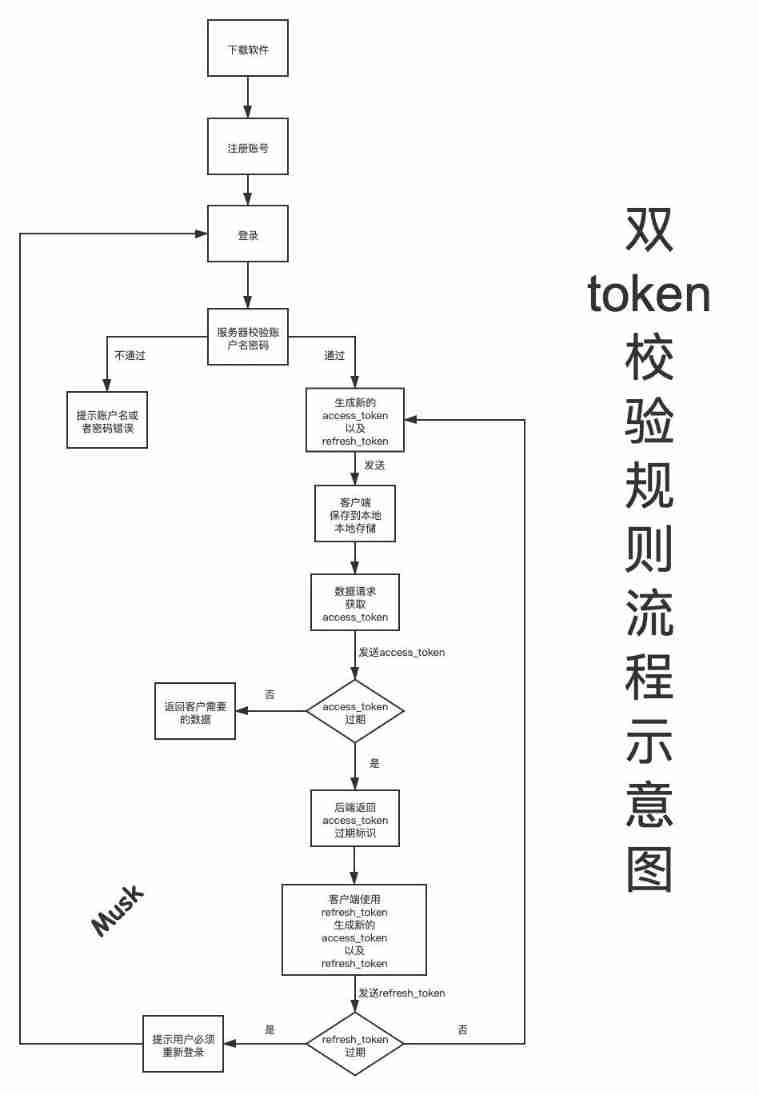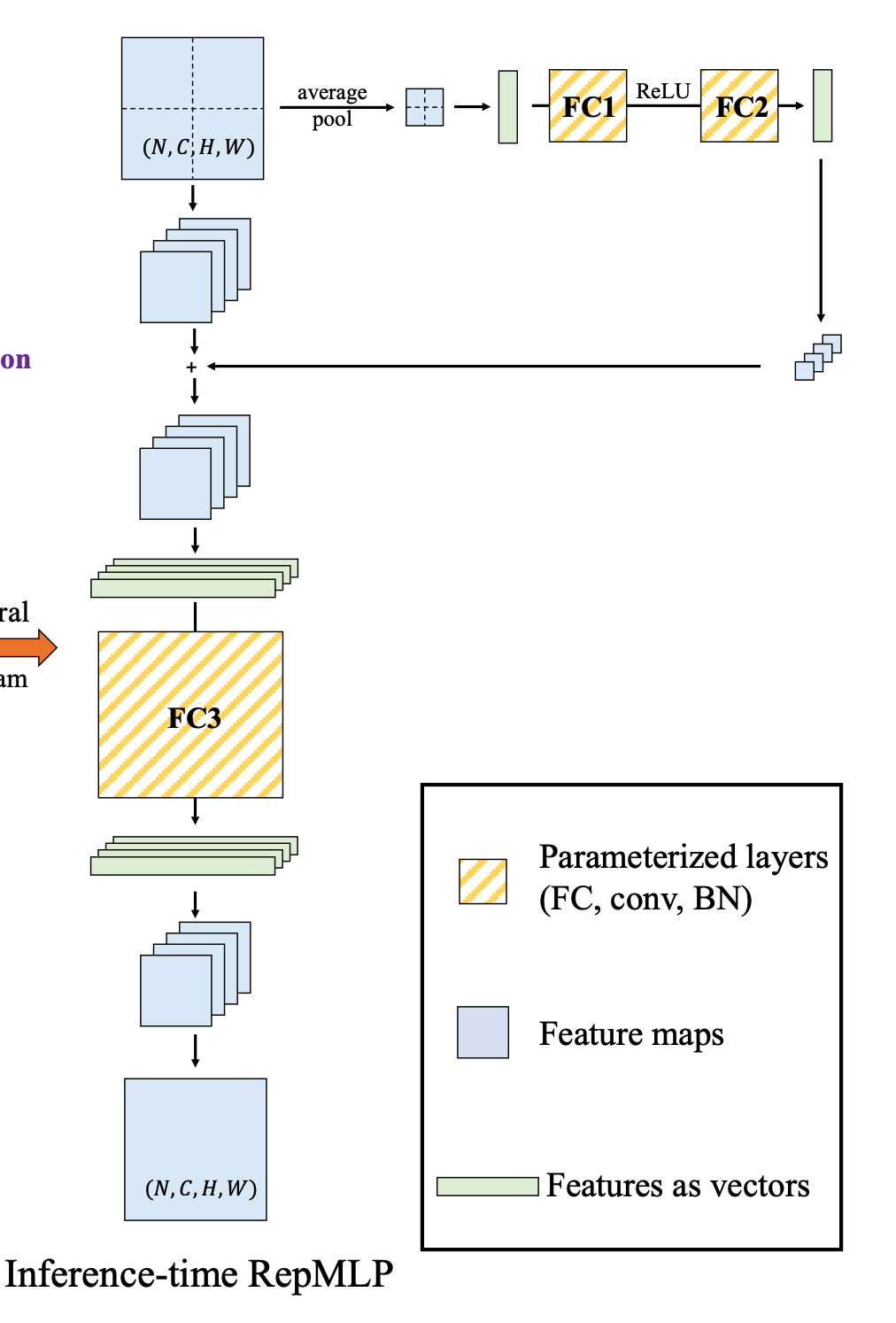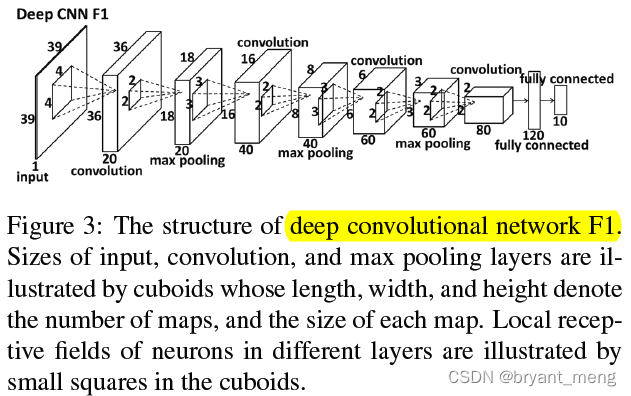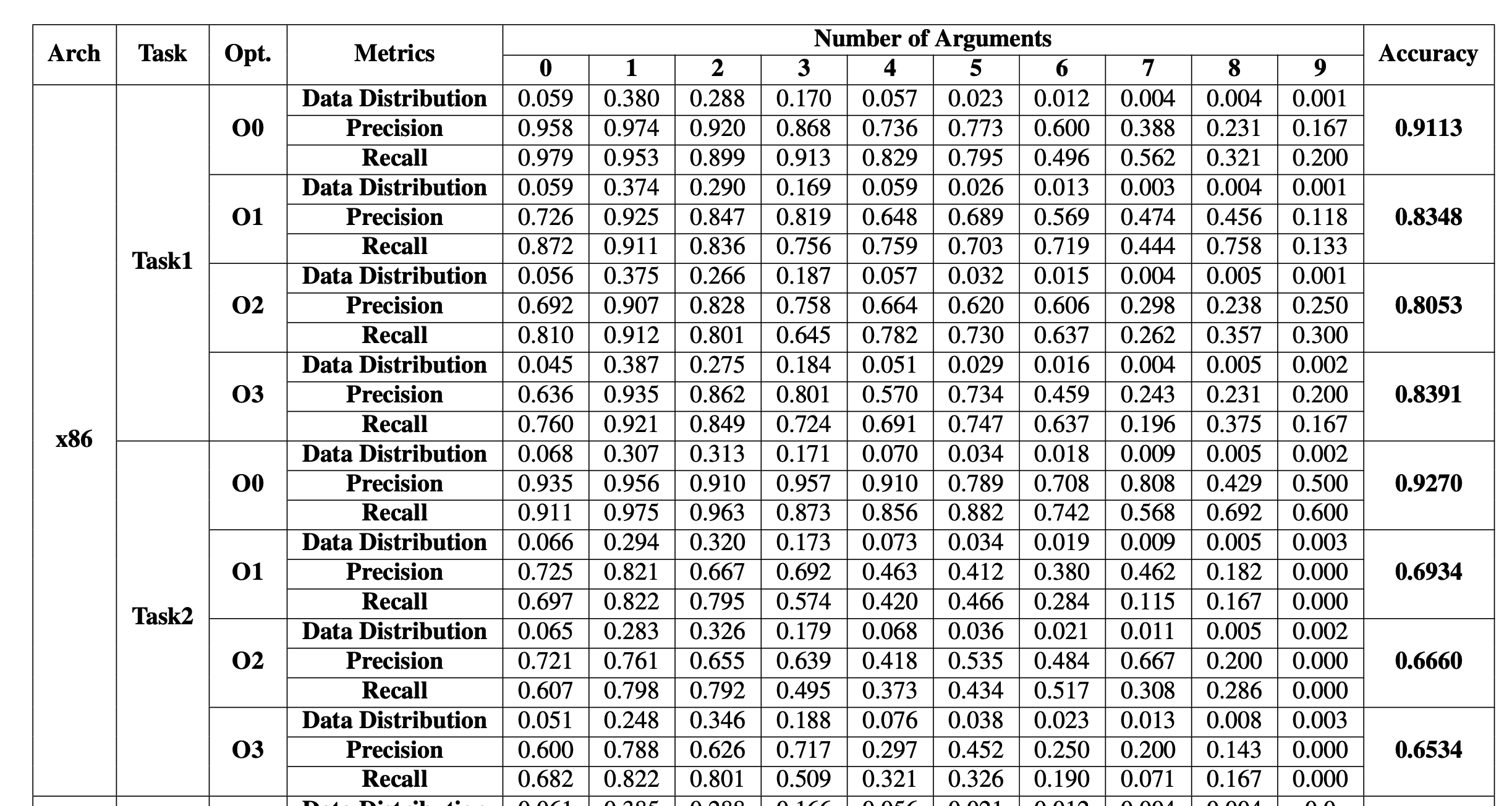当前位置:网站首页>Multi site high availability deployment
Multi site high availability deployment
2022-07-02 08:04:00 【Kun Yu】
When a cluster spans multiple sites , Network connection problems between sites may lead to brain splitting . When the connection is disconnected , A node at one site cannot determine whether a node at another site has failed or is still operating with the failed site interconnect . Besides , Providing high availability services between two sites that are too far apart to be synchronized may cause problems . To solve these problems ,Pacemaker By using Booth Cluster ticket manager , Fully support the ability to configure high availability clusters across multiple sites .
Booth Overview of cluster ticket manager
Booth Ticket manager is a distributed service , It is designed to run on a physical network different from the network connecting the cluster nodes of a specific site . It produces another loose cluster , namely Booth structure , Located on the regular cluster of the site . This aggregated communication layer facilitates the consensus based decision-making process for individual booth tickets .
Booth The ticket is Booth A single example in the structure , Represents a time sensitive 、 Mobile authorization unit . Resources can be configured to require specific tickets to run . This ensures that resources run on only one site at a time , And one or more tickets have been granted .
You can use Booth The structure is regarded as an overlay cluster composed of clusters running at different sites , All the original clusters are independent of each other . yes Booth Services communicate with the cluster whether they have obtained tickets , And is Pacemaker according to Pacemaker Ticket constraints determine whether resources run in the cluster . This means that when using the ticket manager , Each cluster can run its own resources and share resources . for example , There can be resources A、B and C Run in only one cluster , resources D、E and F Run only in another cluster , And resources G and H Run in either of the two clusters , Determined by ticket .
Use Pacemaker Configure a multi site cluster
Five machines are expected ( It depends on the actual situation ), Cluster one and cluster two need two machines respectively ,Booth Site ( Arbitration node ) You need a machine , And these five machines are installed HA Installation package .
1. Create clusters
Cluster one ( Main cluster ) Include cluster1-node1 and cluster1-node2, Cluster 2 ( Standby cluster ) Include cluster2-node1 and cluster2-node2.
explain :
The names of the two clusters should not be the same , For testing purposes, the firewall of these five machines can be closed , If it is used in the actual project, it should be determined according to the actual situation .
2. install Booth Ticket manager package
Install on each node of both clusters booth-core And booth-site
Booth Site installation booth-core And booth-arbitrator
3. establish Booth To configure
[cluster1-node1 ~] # pcs booth setup sites 192.168.11.100 192.168.22.100 arbitrators 192.168.99.100
This command creates a configuration file /etc/booth/booth.conf And /etc/booth/booth.key file .
Create on a node of one of the clusters Booth To configure ( Such as cluster one cluster1-node1 node )
4. Create ticket (ticket)
[cluster1-node1 ~] # pcs booth ticket add superticket
by Booth Configure create ticket (superticket Custom ticket name ). This is the ticket you will use to define resource constraints , This restriction will allow resources to run only when this ticket is granted to the cluster .
explain :
After adding ticket constraint , All node resources of the two clusters are changed to the stopped state ( Refer to the following constraints ), If be in, cluster1-node1 Create ticket ,cluster1-node1 The resources in the cluster can be started normally ( Usually, tickets are created for only one node in all clusters , When this node is abnormal or the cluster in which this node is located is abnormal ( Two cluster machines shut down ), Resources will be started on another node or a node in another cluster ).
5. Configuration synchronization
[cluster1-node1 ~] # pcs booth sync
take Booth Configure synchronization to all nodes in the current cluster
[ Arbitration node ~] # pcs host auth cluster1-node1
[ Arbitration node ~] # pcs booth pull cluster1-node1
take Booth Configure the sending arbitration node
[cluster2-node1 ~] # pcs host auth cluster1-node1
[cluster2-node1 ~] # pcs booth pull cluster1-node1
[cluster2-node1 ~] # pcs booth sync
take Booth Configure to send another cluster and synchronize to all nodes of the cluster
6. Start and enable at the arbitration node Booth
[ Arbitration node ~] # pcs booth start
[ Arbitration node ~] # pcs booth enable
take Booth It is configured to run as a cluster resource on two cluster sites . This will create a resource group ,booth-ip And booth-service As a member of this group .
Do not manually start or enable on any node of the cluster Booth, because Booth In these clusters as Pacemaker Resource operation .
7. Create floats for each cluster IP( fictitious IP)
[cluster1-node1 ~] # pcs booth create ip 192.168.11.100
[cluster2-node1 ~] # pcs booth create ip 192.168.22.100
Create on one of the nodes of each cluster Booth float IP( Use 《3. establish Booth To configure 》 Medium IP)
8. Add ticket constraints
[cluster1-node1 ~] # pcs constraint ticket add superticket newgroup
[cluster2-node1 ~] # pcs constraint ticket add superticket newgroup
Add ticket constraints to the resource groups you define for each cluster .
9. Commonly used instructions
[cluster1-node1 ~] # pcs constraint ticket
View ticket group name
[cluster1-node1 ~] # pcs booth config
View ticket group information
[cluster1-node1 ~] # pcs booth status
see booth Communication status between nodes
[cluster1-node1 ~] # pcs booth ticket grant superticket
Ticket authorization at a node ( After adding constraints , Start the resources in the node through ticket authorization )
边栏推荐
- [C # note] the data in DataGridView saved in WinForm is excel and CSV
- How to turn on night mode on laptop
- Sequence problem for tqdm and print
- Open3d learning notes II [file reading and writing]
- Principes fondamentaux de la théorie musicale (brève introduction)
- open3d学习笔记三【采样与体素化】
- 【Sparse-to-Dense】《Sparse-to-Dense:Depth Prediction from Sparse Depth Samples and a Single Image》
- install.img制作方式
- STM32疑难杂症之ST-LINK Connection error INVALID ROM TABLE
- Look for we media materials from four aspects to ensure your creative inspiration
猜你喜欢

I'll show you why you don't need to log in every time you use Taobao, jd.com, etc?

用全连接层替代掉卷积 -- RepMLP

Jetson nano installation tensorflow stepping pit record (scipy1.4.1)

w10升级至W11系统,黑屏但鼠标与桌面快捷方式能用,如何解决
![[Sparse to Dense] Sparse to Dense: Depth Prediction from Sparse Depth samples and a Single Image](/img/05/bf131a9e2716c9147a5473db4d0a5b.png)
[Sparse to Dense] Sparse to Dense: Depth Prediction from Sparse Depth samples and a Single Image

【Cascade FPD】《Deep Convolutional Network Cascade for Facial Point Detection》

EKLAVYA -- 利用神经网络推断二进制文件中函数的参数

Open3D学习笔记一【初窥门径,文件读取】

Where do you find the materials for those articles that have read 10000?

【Sparse-to-Dense】《Sparse-to-Dense:Depth Prediction from Sparse Depth Samples and a Single Image》
随机推荐
Hystrix dashboard cannot find hystrix Stream solution
Replace convolution with full connection layer -- repmlp
深入理解JVM
業務架構圖
将恶意软件嵌入到神经网络中
On the back door of deep learning model
【双目视觉】双目立体匹配
解决jetson nano安装onnx错误(ERROR: Failed building wheel for onnx)总结
Go functions make, slice, append
【学习笔记】Matlab自编图像卷积函数
使用Matplotlib绘制图表初步
Meta Learning 简述
Media query usage
Programmers can only be 35? The 74 year old programmer in the United States has been programming for 57 years and has not retired
[C # note] the data in DataGridView saved in WinForm is excel and CSV
力扣每日一题刷题总结:字符串篇(持续更新)
SQL server如何卸载干净
Eklavya -- infer the parameters of functions in binary files using neural network
Open3D学习笔记一【初窥门径,文件读取】
应对长尾分布的目标检测 -- Balanced Group Softmax